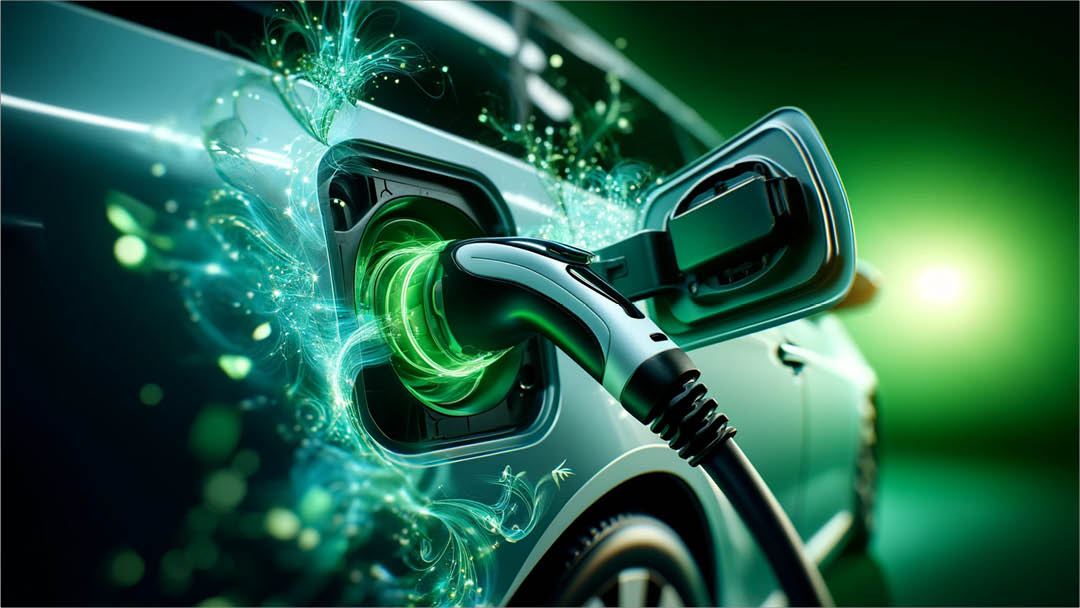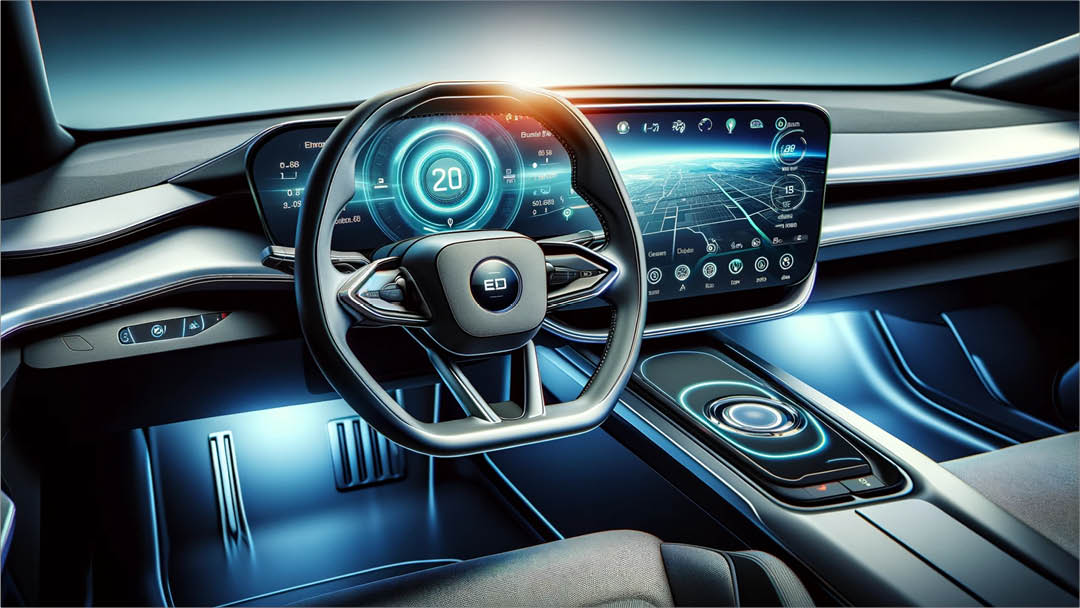In Brief
- Connected cars are revolutionising the automotive industry, but their increased connectivity also exposes them to a growing array of cyber threats.
- Robust cybersecurity measures are paramount for protecting vehicle systems, driver data, and ensuring the overall safety and reliability of telematics systems.
- Acsia is committed to implementing industry-leading cybersecurity practices in all telematics solutions, ensuring the digital fortress around modern vehicles remains impenetrable.
The automotive industry is undergoing a profound digital transformation. Vehicles are no longer mere mechanical machines; they are sophisticated computing platforms, bristling with sensors, connectivity modules, and software-driven features. Telematics, the technology that enables vehicles to communicate with the cloud, infrastructure, and other vehicles, is at the heart of this transformation.
However, this increased connectivity comes at a cost. Connected cars are vulnerable to a wide range of cyber threats, from unauthorised access and data breaches to malware attacks and denial-of-service (DoS) attacks. These threats can have serious consequences, including:
- Compromised Safety: Malicious actors could potentially take control of critical vehicle functions, such as braking, steering, or acceleration, posing a serious risk to driver and passenger safety.
- Data Theft: Telematics systems collect a wealth of data, including location, driving habits, and personal information. A data breach could expose this sensitive information to criminals.
- Financial Losses: Cyberattacks on telematics systems can result in financial losses for vehicle owners, manufacturers, and insurers.
Building a Robust Cybersecurity Framework for Telematics
Protecting telematics systems requires a multi-layered approach that addresses security at every level of the vehicle’s architecture, from the hardware and software to the communication channels and data storage. Here are some key considerations:
- Secure Hardware Design: Hardware-based security features, such as secure boot, hardware security modules (HSM), and tamper-resistant enclosures, are essential for protecting against physical attacks and unauthorised modifications.
- Software Security: Secure coding practices, regular software updates, and vulnerability management are crucial for mitigating software-based vulnerabilities.
- Secure Communication: Encryption, authentication, and intrusion detection systems (IDS) are essential for protecting data in transit and preventing unauthorised access to the vehicle’s communication channels.
- Data Protection: Sensitive data should be encrypted both at rest and in transit. Access controls and data anonymisation techniques can help protect user privacy.
- Threat Modelling and Risk Assessment: Conducting regular threat modelling and risk assessments can help identify potential vulnerabilities and prioritise mitigation strategies.
- Incident Response: Having a well-defined incident response plan is essential for minimising the impact of a cyberattack and quickly restoring normal operations.
Acsia: Your Trusted Partner in Telematics Cybersecurity
At Acsia, we understand the critical importance of cybersecurity in the automotive industry. We have a dedicated team of cybersecurity experts who work closely with our engineers to ensure that security is embedded into every aspect of our telematics solutions.
Our approach to telematics cybersecurity includes:
- Security by Design: We incorporate security principles into the earliest stages of the design process, ensuring that security is not an afterthought but a fundamental consideration.
- Adherence to Standards: We adhere to industry best practices and regulatory standards, such as ISO/SAE 21434, to ensure that our solutions meet the highest security requirements.
- Continuous Monitoring and Improvement: We continuously monitor our telematics systems for potential threats and vulnerabilities, and we regularly update our software and security measures to stay ahead of emerging threats.
- Collaboration with Partners: We collaborate with leading cybersecurity firms and research institutions to stay at the forefront of cybersecurity innovation.
The Road Ahead: A Secure Future for Connected Cars
The future of mobility is intrinsically linked to the security of telematics systems. At Acsia, we are committed to building a safer and more secure future for connected cars. By partnering with us, you can be confident that your telematics solutions are protected by the most robust cybersecurity measures available.
Ensure the safety and security of your connected vehicles with Acsia’s comprehensive telematics cybersecurity solutions. Contact us today to learn more.










